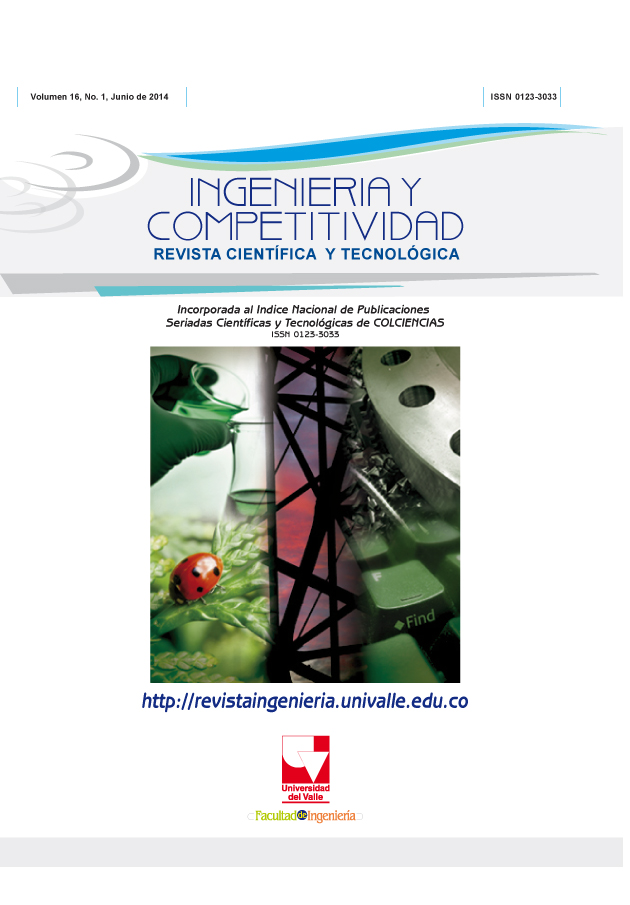Fitorremediación en Aguas y Suelos Contaminados con Hidrocarburos del Petróleo
Contenido principal del artículo
Durante décadas, la producción, transporte, almacenamiento y comercialización de hidrocarburos del petróleo y sus derivados, han dado origen a una problemática ambiental debida a los grandes vertimientos de combustibles que se generan. El potencial contaminante y la compleja composición de los hidrocarburos, además de su facilidad de movilización en el medio y acumulación en el agua o suelo, ha incrementado el interés científico para encontrar soluciones que reduzcan el efecto de estos compuestos en los ecosistemas. Ante esta situación, se ha evaluado la fitorremediación como una solución que por su costo-efectividad y aporte paisajístico pueden ser usados para biorremediar aguas y suelos mezclados con combustibles, minimizando el riesgo de contaminación. El presente artículo de revisión resume los principios relacionados con la fitorremediación de suelos y aguas contaminadas con hidrocarburos como una alternativa ecotecnológica que puede ser aplicada mediante la interacción de microorganismos, plantas y procesos físicos, químicos y biológicos que ocurren en los sistemas naturales como los humedales. También se discuten algunas experiencias en la temática, los factores que inciden y los mecanismos que dominan la remoción de estos compuestos orgánicos.
- hidrocarburos
- humedales construidos
- mecanismos de fitorremediación.
Descargas
Los autores que publican en esta revista están de acuerdo con los siguientes términos:
Los autores ceden los derechos patrimoniales a la revista y a la Universidad del Valle sobre los manuscritos aceptados, pero podrán hacer los reusos que consideren pertinentes por motivos profesionales, educativos, académicos o científicos, de acuerdo con los términos de la licencia que otorga la revista a todos sus artículos.
Los artículos serán publicados bajo la licencia Creative Commons 4.0 BY-NC-SA (de atribución, no comercial, sin obras derivadas).





